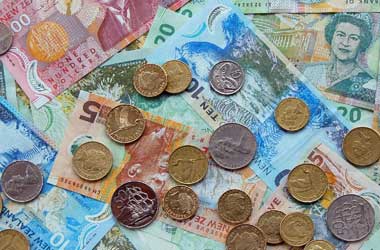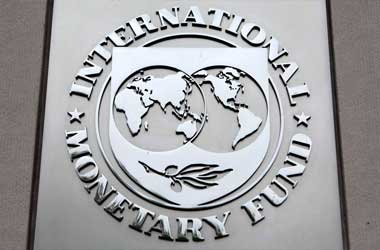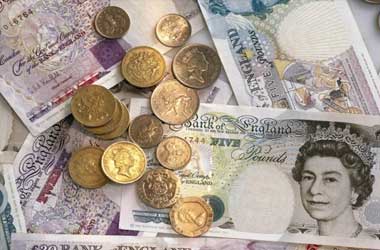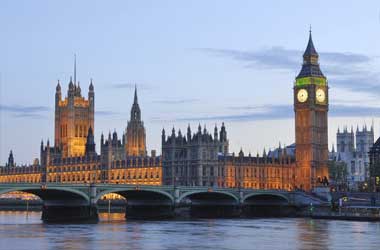 The Kiwi dollar gained ground Friday to hit $0.70, from $0.68 in early August as investors swirled away from the greenback after the Fed Chair Powell asserted that a decline in bond purchases will not result in a simultaneous rise in benchmark interest rates. Powell issued the statement while speaking at the annual Jackson Hole symposium.
The Kiwi dollar gained ground Friday to hit $0.70, from $0.68 in early August as investors swirled away from the greenback after the Fed Chair Powell asserted that a decline in bond purchases will not result in a simultaneous rise in benchmark interest rates. Powell issued the statement while speaking at the annual Jackson Hole symposium.
Despite the announcement, the New Zealand dollar is anticipated to face selling pressure as the Reserve Bank of New Zealand had postponed the first rate hike due to revival of the pandemic. The plan was revealed after the country’s Prime Minister Jacinda Ardern implemented a countrywide lockdown to contain covid-19 infections against the backdrop of low vaccination rates.
Imports into New Zealand increased 34.7% y-o-y to historic highs of N$6.156 billion in July 2021. Vehicles, parts, and accessories contributed the most to this increase, increasing from N$555 million to N$919 million. This significant rise in car imports is partially attributable to the fact that the value of vehicle imports in July 2020 was the lowest for any July month in the previous decade.
With NZD 276 million in July 2021, Japan was the biggest trade partner for cars, an increase of NZD 151 million from the previous month. The EU came in second behind Japan, with N$206 million, a N$129 million increase. Petroleum and products also saw significant increases, rising from N$399 million to N$570 million.
The fact that the value of petroleum and product imports (NZD 166 million) fell to its lowest level since November 2003 was a contributing factor. The increase in car and fuel imports was N$953 million, accounting for 60% of the overall increase in imports for July 2021.
In July 2021, New Zealand’s trade balance shifted to a N$402 million deficit from a N$425 million surplus in the preceding year’s comparable month. Imports increased 34.7% y-o-y to a new high of N$6.156 billion, driven by car and fuel imports.
Meanwhile, exports increased 15.2% to N$5.4 billion, owing mostly to fish, crustaceans, and mollusks. Retail sales in New Zealand increased 3.3% q-o-q in the three months to June 2021, after an upwardly revised 2.8% rise the prior quarter. Electrical and electronic products had the greatest growth in sales volume, rising 6.9%, followed by food and beverage, which rose 5.6%, and motor vehicle and parts retailing, which rose 3.1%.
“Most retail sectors experienced gains in expenditure, with increases occurring across all areas. Big ticket purchases like electrical goods, housewares, and automobiles were a focus for many customers during the June quarter,” retail trade manager Sue Chapman stated.
“Many shops reported increased sales this quarter, after the uncertainties of this time last year when the nation was recovering from the country’s first big COVID-19 lockdown period,” Ms Chapman said.
The Reserve Bank of New Zealand maintained its official cash rate (OCR) at a historic low of 0.25 percent at its August meeting, rejecting market forecasts for a 25-basis-point rise after the country was placed under a COVID-19 lockdown. Nonetheless, officials continue to anticipate a rise before the end of the year in order to underpin inflationary pressures outlook and aid in maximum sustainable employment.
Inflationary pressures are being exacerbated in the near term, according to the board, due to increasing capacity constraints, rising oil prices and transportation costs, and supply shortages. Consumer price inflation is anticipated to soar beyond the committee’s goal in the short term before reverting to the 2% midway in mid-2022. Today’s move comes on the heels of the July suspension of further bond buying under the Large Scale Asset Purchase program.
Powell’s roughly 30-minute speech at the Jackson Hole Economic Policy Symposium was televised. Because to the emergence of the delta variation, the Kansas City Federal Reserve, which organizes the annual conference, was compelled to alter its arrangements and conduct a virtual session on urgent basis.
The last-minute adjustment merely highlights the Fed’s current uncertain situation. Powell said that there has been significant progress toward full employment.
However, he also said that the timeline and speed of tapering should not be construed as a signal for when interest rates would begin to increase, a statement that the market saw as dovish since it will maintain credit inexpensive. The dovish statement paved way for commodity and Antipodean currencies to gain ground against the greenback. The trend is likely to continue in the days ahead.




